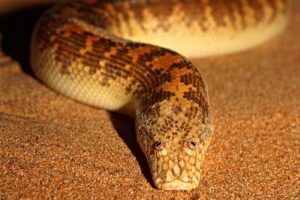Mauna Loa is the largest volcano in the world and is a full 17 km high, measured from the mountain’s roots on the ocean floor. Mauna Loa is above a so-called hot spot or “hotspot”, but in such places magma is pushed up from the mantle with great force. There are therefore many volcanoes above hotspots.
The entire Hawaiian archipelago, eight large islands and many smaller ones, have been created by volcanic eruptions, and this area is the place on earth where the most magma reaches the surface of the earth in relation to each square kilometer.
The ocean floor forms the Pacific Islands
The Hawaiian Islands are classified as so-called piles, just like the mountain Skjaldbreiður in Iceland. Dunges are made of basaltic magma, are relatively flat and cover large areas. The result will be a convex surface reminiscent of a large shield, as the name Skjaldbreiðar suggests.
The slopes will not be very steep, and such a high pile is therefore extremely large. The archipelago is composed of partially converging islands that cover a total of 10,430 square kilometers.
Seen from above, the islands form a row. This is because the hot spot is constantly building new islands to the southeast of the old ones. The hot spot is not moving, but the Pacific plate is moving to the northwest.
Hawaii originates in the core of the earth
The Hawaiian Islands are the start of a 5,800 km long string of volcanic islands, coral reefs and seamounts. According to the theory, the heat comes all the way from the core of the globe.
The hot spot is, as it were, under the earth’s crust and does not move. This led geophysicist Jason W. Morgan to propose a revolutionary theory of so-called mantle plumes in 1971.
A mantle plume is a magma bubble of very hot magma that rises right up from the Earth’s core. In addition to the hot spot under the Hawaiian Islands , geologists believe that the supervolcano under Yellowstone in the United States is caused by mantle plumes.









